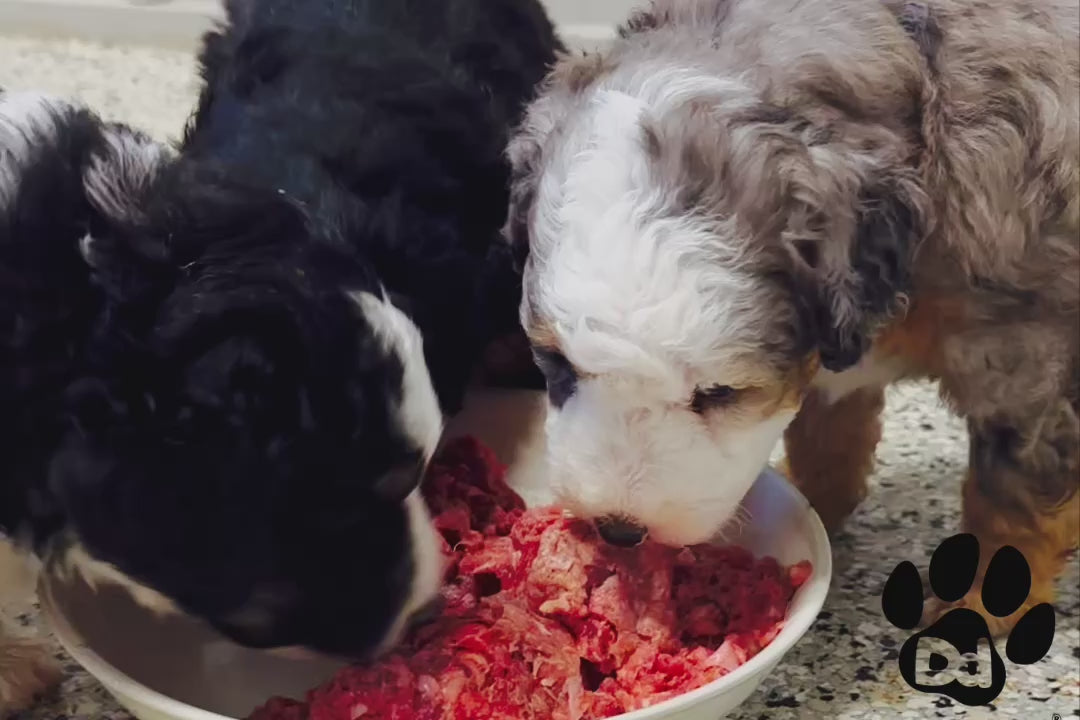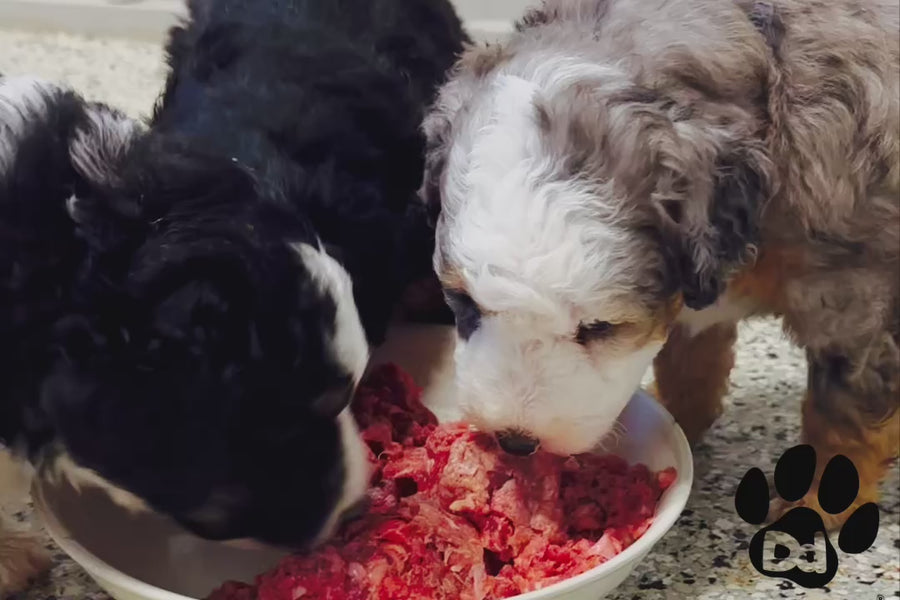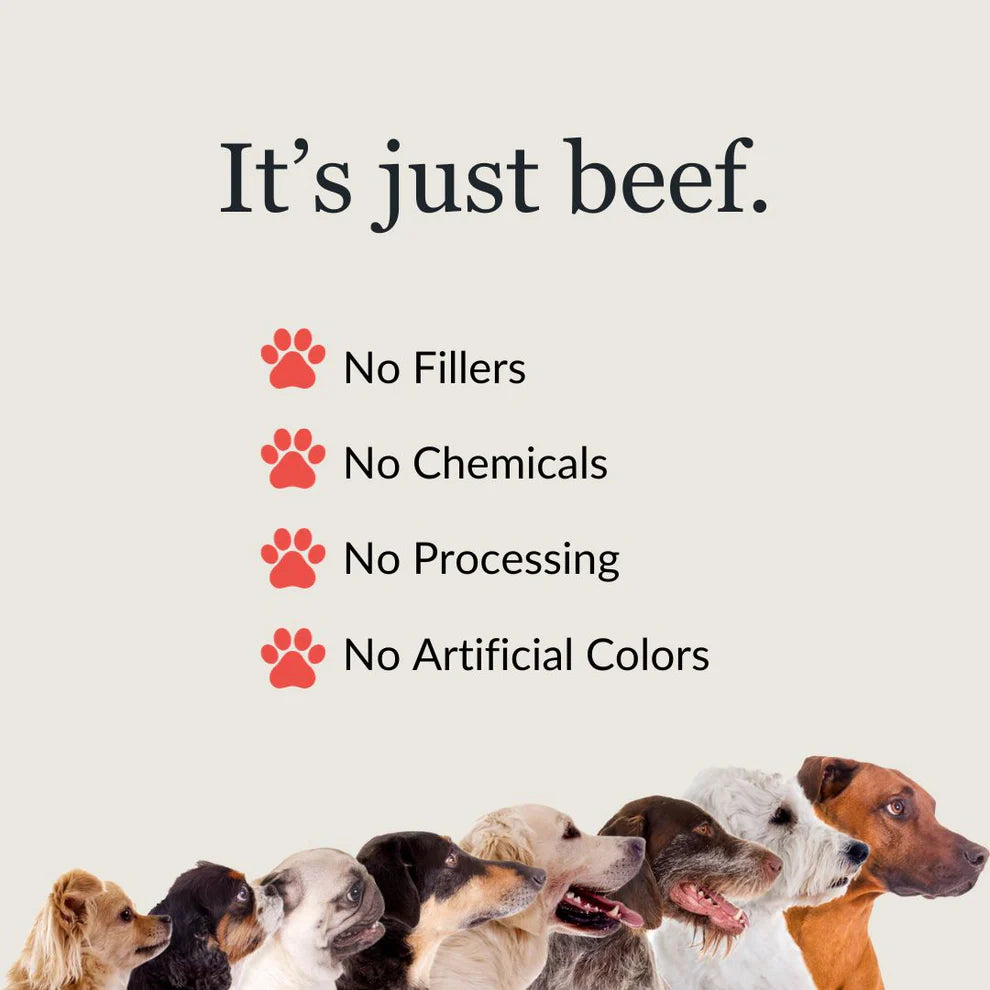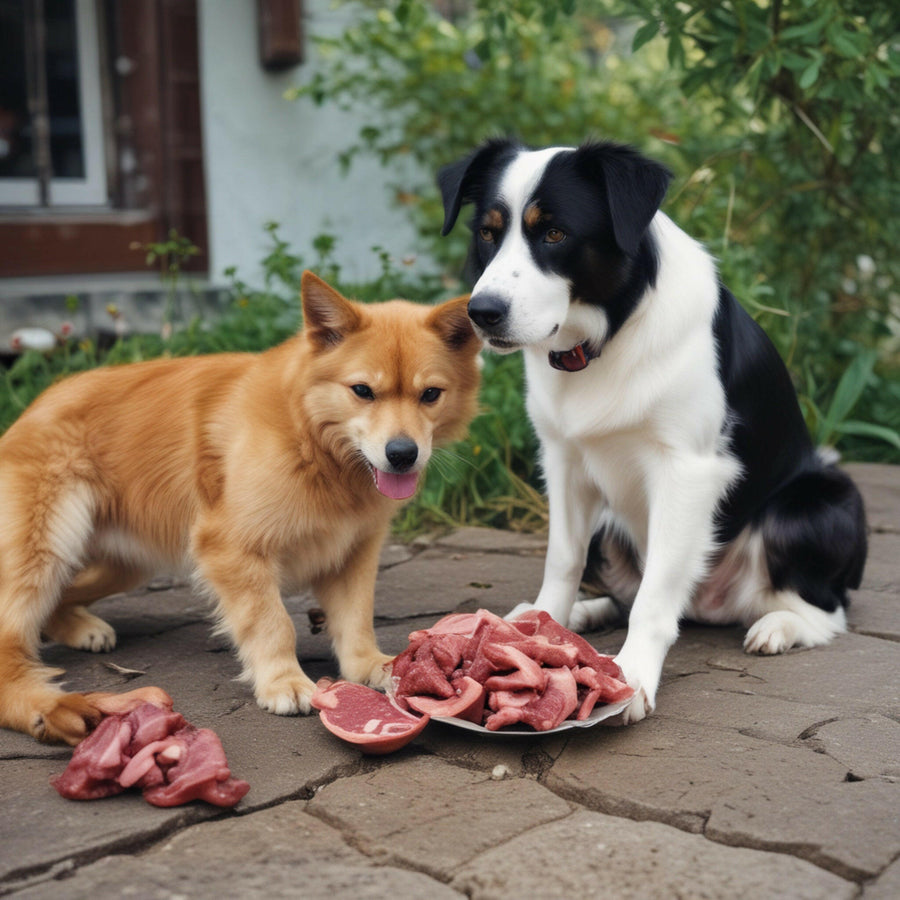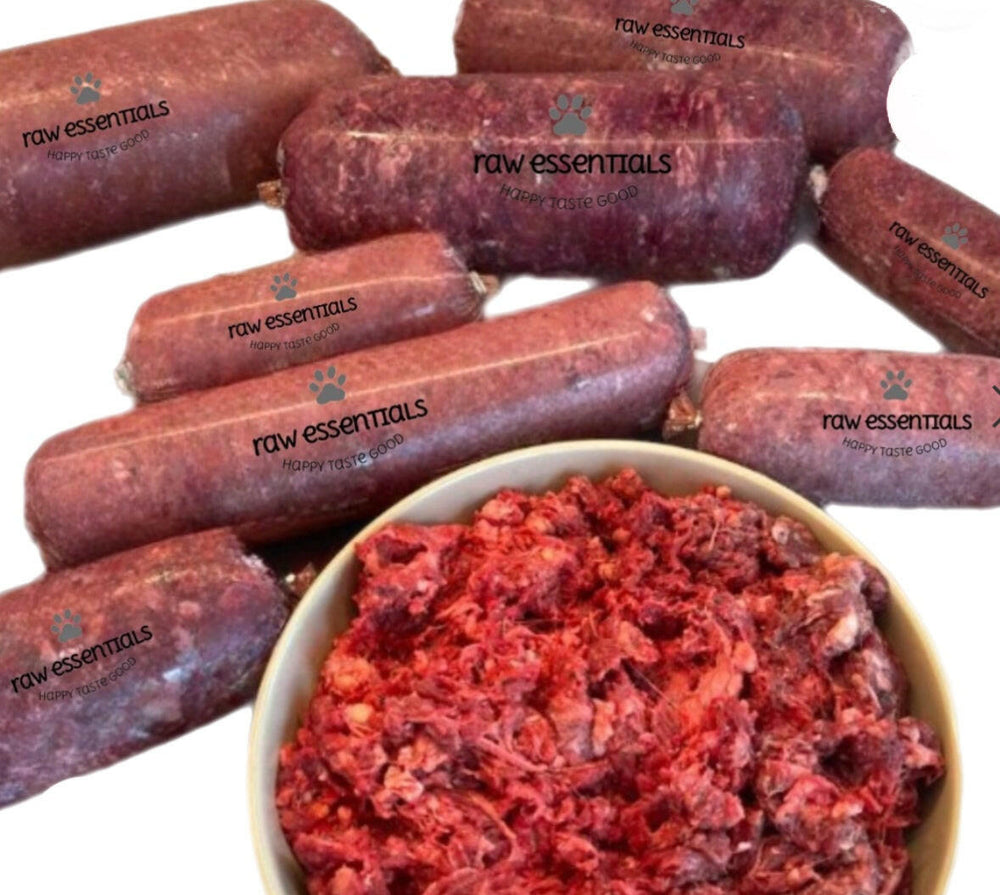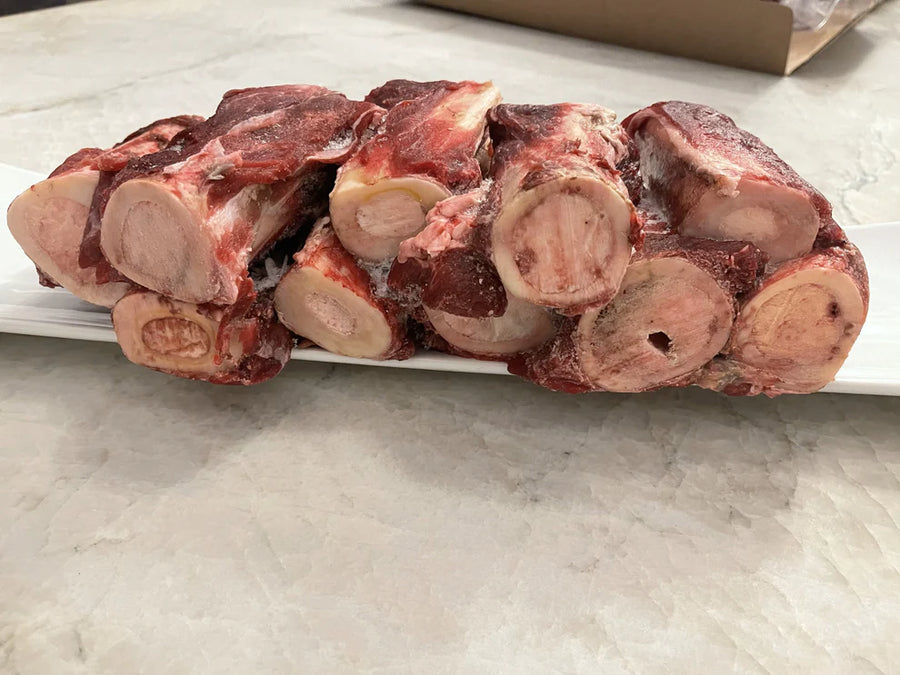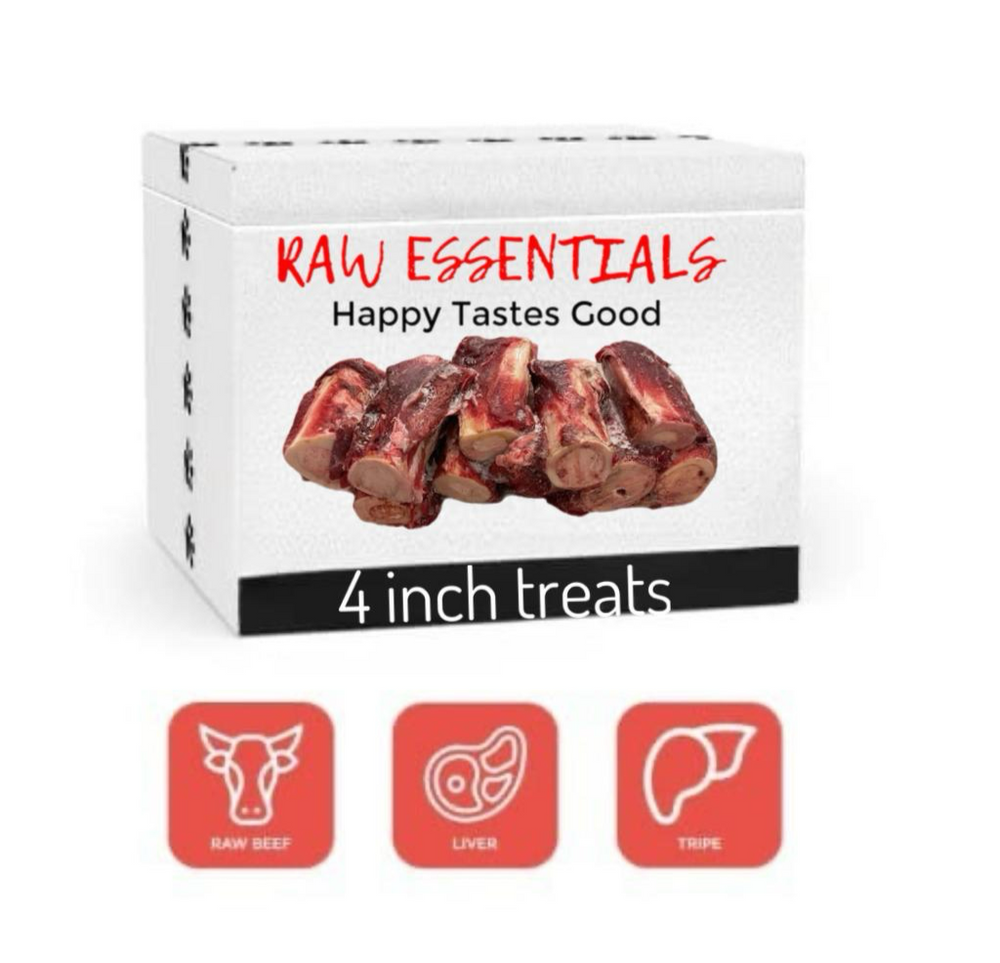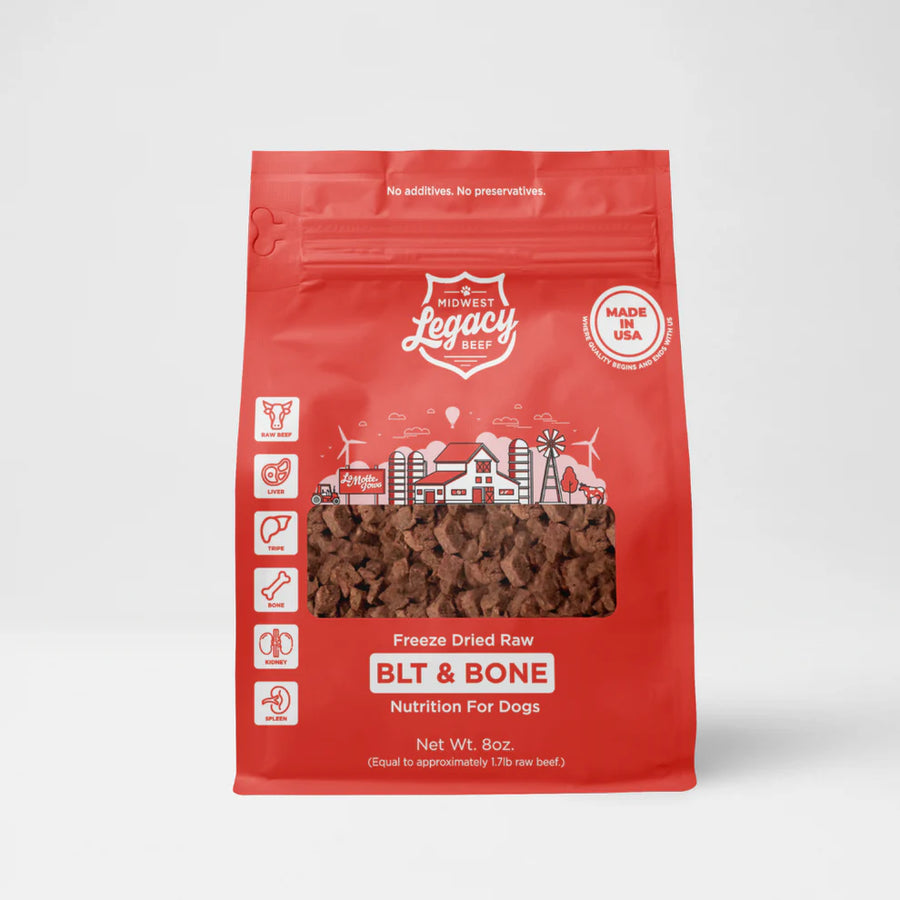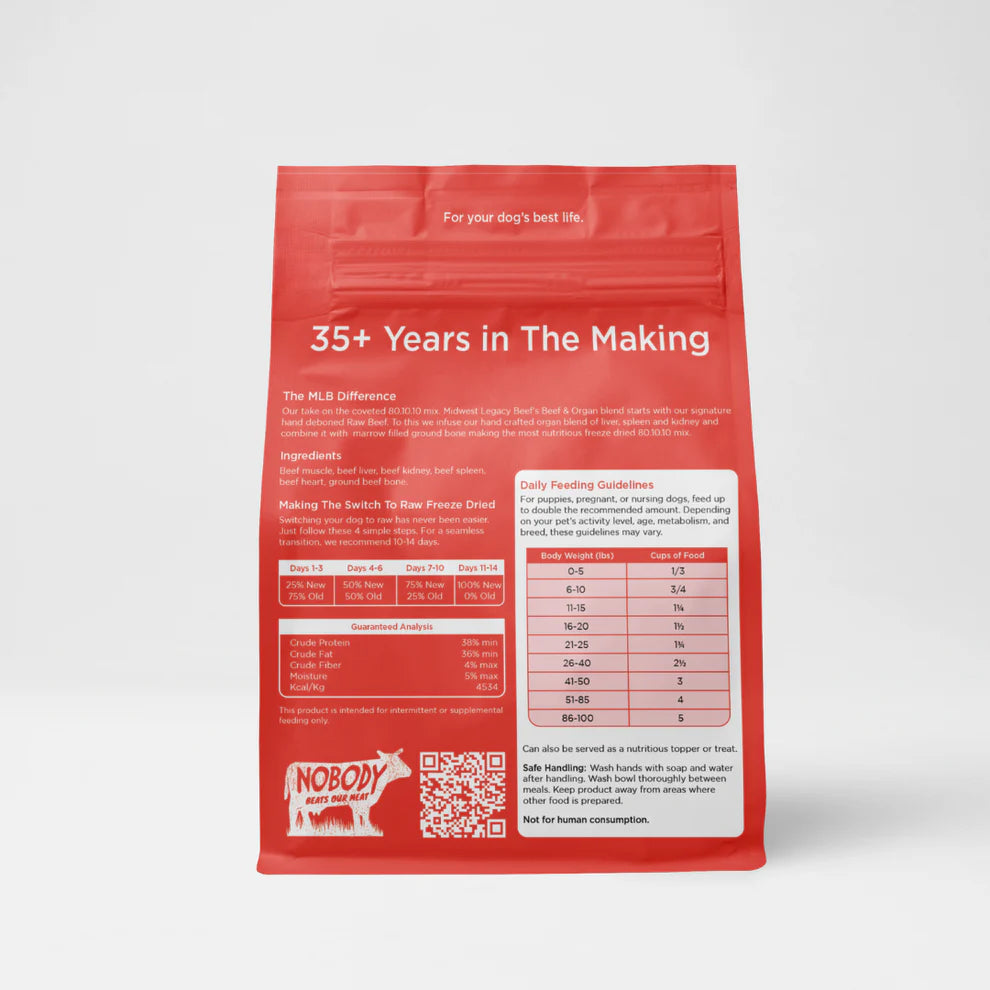Cat, Raw Food
Benefits of Feeding Your Cat Raw Food
Feeding your cat can be more than just a routine task. It can be a way to improve their health and well-being.
Raw cat food, a diet that mimics what felines eat in the wild, is gaining popularity among cat owners.

This diet, which can include fresh or homemade cat food, offers numerous potential benefits. From improved digestion to a shinier coat, raw food can transform your cat's health.
However, like any dietary change, it's important to approach raw feeding with knowledge and care.
In this article, we'll explore the benefits of raw cat food, how to safely prepare it, and how to transition your cat to this diet.
Whether you're a seasoned cat owner or considering adopting your first feline friend, this guide will help you make informed decisions about your cat's nutrition.
Understanding Raw Cat Food
Raw cat food consists of uncooked animal products meant for feline consumption. This includes muscle meat, organ meat, and bones.
Raw food aims to replicate the natural diet of cats in the wild. It focuses on high protein, moderate fat, and low carbohydrates.

Fresh cat food refers to minimally processed options, often found refrigerated and retaining natural moisture and nutrients. Homemade cat food allows owners to choose every ingredient themselves.
Here are the key differences:
- Raw: Uncooked, mimics wild diet.
- Fresh: Minimally processed, retains moisture.
- Homemade: Owner-controlled ingredients and preparation.
These distinctions help pet owners decide the best diet option to suit their cat's needs and lifestyle.
The Natural Choice: Mimicking a Wild Diet
Cats are obligate carnivores, meaning their bodies are designed to digest meat-based diets. In the wild, they hunt small prey, consuming raw meat, organs, and bones.
Feeding raw cat food at home closely replicates this natural diet. It provides a species-appropriate nutrition profile, supporting their instinctual needs and overall health. A diet mimicking ancestral eating habits can lead to more satisfied, healthy pets.

Health Benefits of Raw Cat Food
One of the most notable benefits of raw cat food is improved digestion. Cats often absorb nutrients better from a raw diet. Fresh ingredients rich in natural enzymes support digestive health, reducing upset stomachs and improving stool consistency.
A diet of raw cat food can contribute to a cat's radiant skin and coat. The natural oils found in raw meats help maintain sheen. Many cat owners notice a marked improvement in their pet's fur texture and health.
Dental health also benefits significantly from feeding raw. The texture of raw meat encourages chewing. This process naturally cleans their teeth, reducing plaque and promoting fresher breath.
Weight management is another advantage of a raw diet. Cats eating raw typically consume higher protein and lower carbohydrates. This balance supports lean muscle mass, reducing obesity risk.
Health Benefits Summary
- Improved digestion and nutrient absorption
- Healthier skin and coat
- Better dental health and fresher breath
- Weight management and lean body mass
- Enhanced energy levels
An increased energy level and vitality can result from feeding raw. Cats often display more enthusiasm and playfulness. The nutrient-rich, natural diet supports active lifestyles and overall well-being.


Safety and Preparation of Raw Cat Food
Feeding raw cat food requires careful handling to avoid contamination. Always store raw meat in a cold and clean refrigerator. Use airtight containers to prevent bacterial growth and foodborne illnesses.
Preparing a balanced meal is crucial for your cat's health. Ensure the diet includes the right mix of muscle meat, organs, and bones. This balance is vital for providing essential nutrients like calcium and phosphorus.
Here are some safety tips to follow:
- Wash hands thoroughly before and after handling raw meat.
- Clean all utensils and surfaces with hot, soapy water.
- Use separate cutting boards for raw meat and other foods.
Consultation with a veterinarian can provide guidance for creating a balanced raw diet. They can help tailor diets to your cat's specific nutritional needs. This ensures the diet is safe and effective in supporting their health.

Transitioning Your Cat to a Raw Diet
Switching your cat to raw food should be a gradual process. Begin by mixing a small amount of raw food with their regular diet. Gradually increase the raw portion over several weeks.
During this transition, closely watch your cat's health and well-being. Look for any changes in their digestion or behavior. Adjust the diet based on how your cat responds to new food.
Consider these transition tips:
- Start with high-quality, fresh ingredients.
- Increase the raw food portion slowly.
- Keep track of your cat's weight and energy levels.
Consult your veterinarian if your cat shows signs of digestive upset. They can offer advice or suggest modifications to the diet plan. This careful approach helps ensure a safe and successful transition.

Homemade vs. Commercial Raw Cat Food
Homemade cat food allows you to control every ingredient. You can ensure high quality and eliminate preservatives. This option gives you the flexibility to tailor meals to your cat's specific health needs.
On the other hand, commercial raw cat food offers convenience. It's readily available and usually balanced for essential nutrients. Many reputable brands provide options that adhere to strict safety and nutritional guidelines.
When choosing a supplier, research their sourcing and processing methods. Look for products made with human-grade ingredients. Reading reviews and seeking recommendations can help you find reliable options for your feline.

Potential Risks and Considerations
Feeding raw cat food requires careful attention to nutrition. Without proper balance, cats may face nutritional deficiencies. It's crucial to include the right amounts of vitamins and minerals.
Pathogen exposure is another concern. Raw meat can contain harmful bacteria if not handled correctly. Ensure rigorous hygiene during preparation and storage to minimize risks.
Cats with health conditions might need special care. Consult with a veterinarian before transitioning to a raw diet. It's essential to tailor the diet based on specific medical needs, ensuring safety and well-being.
- Ensure proper nutritional balance
- Exercise caution with raw meat handling
- Consult vets for cats with specific health needs

Cost and Sustainability
Switching to raw cat food can be more expensive than buying commercial options. The cost of fresh, high-quality ingredients adds up quickly. Many owners, however, find that the health benefits justify the expenditure.
In terms of environmental impact, raw cat food can be more sustainable. It often involves fewer processed ingredients, reducing the carbon footprint. Choosing local and ethically sourced meats can further enhance its eco-friendliness.
The Raw Cat Food Community and Support
A vibrant community surrounds raw cat food enthusiasts. Many pet owners share experiences, recipes, and tips online. These resources can be invaluable for beginners.
Forums, blogs, and social media groups offer support and information. Engaging with fellow cat owners can help address concerns and enhance your feeding approach.
Conclusion: Is Raw Cat Food Right for Your Feline?
Feeding your cat raw food offers numerous benefits, like improved digestion and a healthy coat. Yet, it also requires careful planning and consideration.
Evaluating your cat’s needs and consulting with experts is crucial. With the right balance, raw cat food can be a rewarding choice for both you and your pet.


